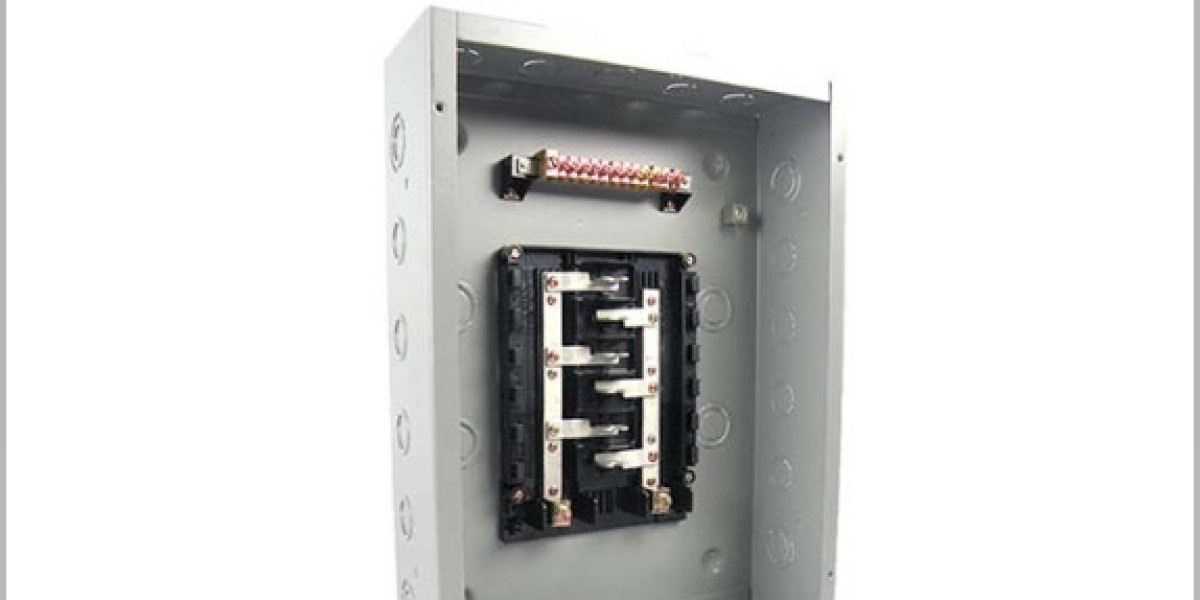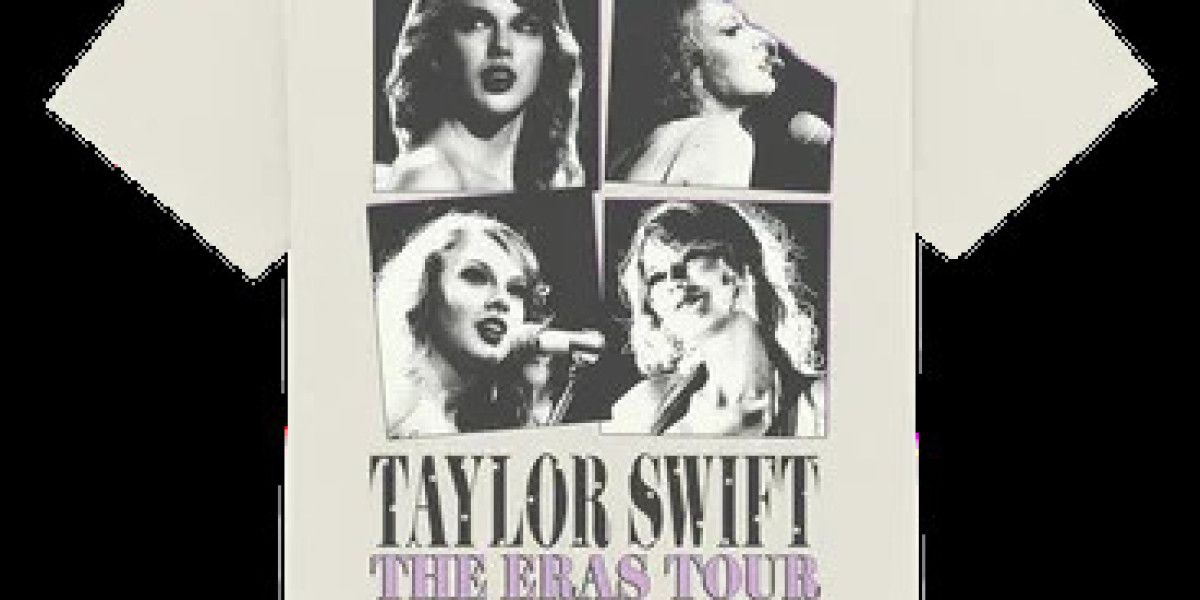In today’s fast-evolving security landscape, a single-layered approach is no longer sufficient. To truly protect your property, integrating CCTV surveillance with professional security guard services is the key. This powerful combination not only increases monitoring coverage but also boosts deterrence and enables rapid response to incidents. This blog will explore in depth how to successfully merge CCTV technology and physical security to maximize safety for commercial, industrial, and residential properties.
1. Understanding the Role of CCTV in Modern Security
Closed-circuit television (CCTV) has become an essential component in property surveillance. Modern CCTV systems provide real-time video monitoring, night vision, motion detection, and cloud storage. When used effectively, they not only capture evidence but also act as a strong deterrent for criminal activity. However, while cameras can monitor and record, they can’t intervene—highlighting the need for human backup.
2. The Importance of Human Presence in Security
Security guards offer more than just a watchful eye—they bring judgment, immediate decision-making, and physical presence. Their visibility alone often deters unwanted behavior. Guards can respond to live incidents, verify threats captured by cameras, and manage situations with discretion and authority. This human element complements the technological limits of CCTV.
3. Why Integration is More Effective Than Either Alone
Relying solely on either surveillance systems or security guards has drawbacks. CCTV cannot physically prevent a crime, and guards might miss critical blind spots. However, when these two elements are combined, they form a powerful defense. Surveillance footage can guide guards to act immediately, and guards can alert the control room to review camera angles or potential tampering.
4. Real-Time Monitoring and Rapid Response
When security guards and CCTV are integrated, guards can access live feeds through mobile devices or central control rooms. This real-time awareness allows for faster decision-making and incident intervention. Such coordination drastically reduces response time and often prevents crimes from escalating.
Explore how this is executed in real-world scenarios with mobile patrol security options that combine physical movement with remote surveillance support.
5. Enhancing Perimeter Security
CCTV placement is crucial for monitoring vulnerable entry and exit points. Security guards can conduct regular patrols of these areas, guided by alerts from motion-triggered cameras. This layered protection ensures that even if one measure fails, the other compensates. It's a critical aspect in large estates, construction sites, and business premises.
6. Centralized Control Room Operations
A central command center brings together live video feeds and guard communications. It facilitates coordination between on-ground security staff and monitoring personnel. From the control room, threats can be assessed, and guards dispatched to specific zones, reducing guesswork and improving incident outcomes.
7. Integration with Alarm and Access Systems
CCTV and guards become even more effective when connected to access control and alarm systems. When an unauthorized entry is detected, cameras record while guards are dispatched simultaneously. These systems can be managed through integrated dashboards, providing real-time updates and logging all activity.
8. Reducing False Alarms
CCTV often triggers false alerts due to weather, animals, or lighting changes. Security guards provide the human verification needed to distinguish real threats from false alarms. This saves time, reduces panic, and ensures that emergency services are contacted only when necessary.
9. Better Incident Documentation and Reporting
An integrated setup allows for seamless reporting. CCTV footage provides visual documentation, while guards compile incident reports with on-ground observations. This dual documentation is extremely valuable for legal matters, insurance claims, and internal reviews.
10. Cost-Efficient and Scalable Solutions
While integrating systems may seem costly initially, it reduces long-term expenses. With technology handling monitoring and guards focused on critical tasks, fewer personnel may be needed. Systems can also scale easily—adding cameras or guard shifts as your security needs grow.
11. Customizing Security Solutions by Property Type
Every property has unique vulnerabilities. Commercial premises benefit from 24/7 surveillance and guard patrols, while residential areas may need off-hour coverage. Integrated solutions can be tailored to fit specific needs, ensuring optimal protection. Learn more through trusted security service providers with flexible, customizable plans.
12. Training Guards for Tech Integration
Security personnel must be trained not only in physical protocols but also in how to operate and respond to CCTV technology. Guard training programs now include system interface usage, camera angle monitoring, and escalation protocols. This tech-savvy workforce ensures smooth integration and fewer system misuses.
13. Future Trends in Integrated Security
The future lies in smart integrations—AI-powered CCTV, facial recognition, predictive analytics, and drone surveillance paired with human oversight. As these technologies advance, guards will work more like analysts and responders than traditional sentries. This blend of human intuition and digital intelligence will define next-gen security.
14. Case Studies of Successful Integration
From industrial parks to shopping centers, many properties have seen drastic reductions in theft and vandalism due to CCTV-guard integration. These case studies often highlight enhanced operational efficiency and improved tenant satisfaction.
See detailed breakdowns and practical implementation ideas in this expert integration guide.
15. How to Get Started with an Integrated Security Plan
If you’re considering upgrading your property’s protection, begin with a risk assessment. Identify weak spots, evaluate your current system, and consult professionals for an integrated approach. Start small with synchronized patrols and surveillance, and expand as you notice efficiency and safety improvements.
FAQs
1. Can I integrate my existing CCTV system with new guard services?
Yes, most modern CCTV systems are compatible with integrated platforms. Coordination software can link camera feeds with guard dispatch protocols.
2. Do I need 24/7 monitoring for integration to work effectively?
Not always. Even after-hours monitoring combined with periodic guard patrols can provide significant protection for most properties.
3. Is integrated security only for large businesses?
No, integrated solutions are scalable and can be customized for residential, small businesses, and community centers.
4. What’s the first step to integrating these systems?
Start with a security audit by a trusted provider. They’ll assess your property and propose tailored integration plans.
5. How do integrated systems handle emergencies?
Guards receive real-time alerts from the CCTV system and respond immediately, while the control center notifies law enforcement if needed.
6. Will this integration reduce my insurance premium?
Many insurers offer lower premiums for properties with advanced, integrated security setups due to reduced risk.


